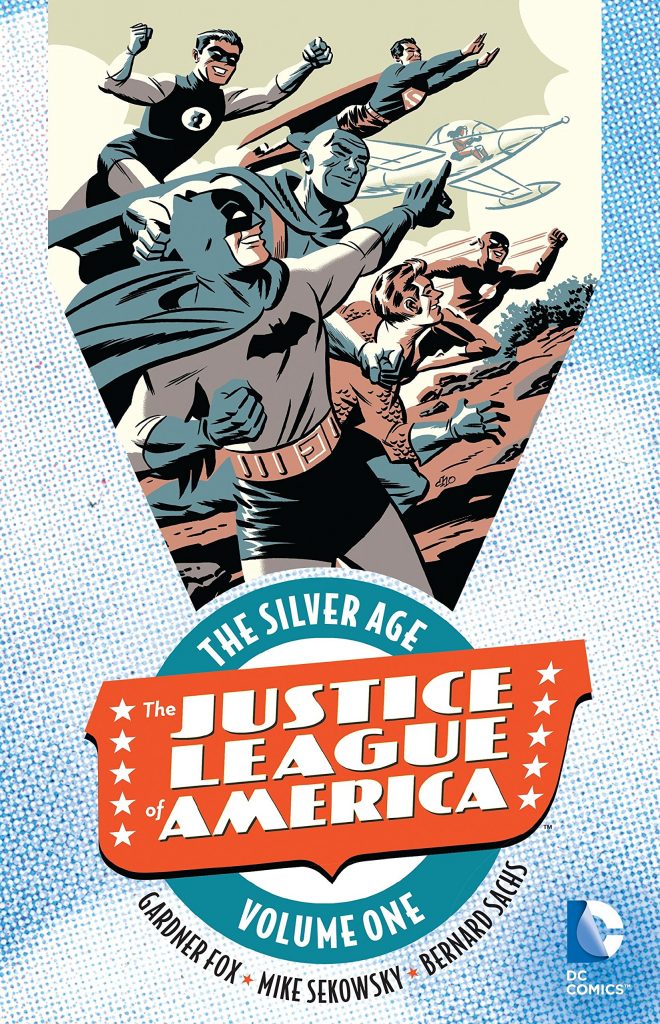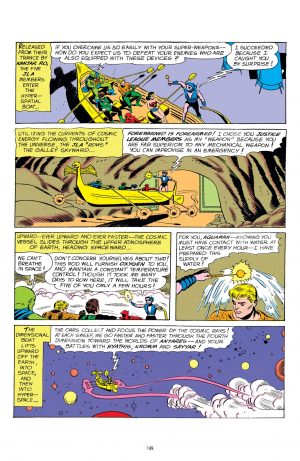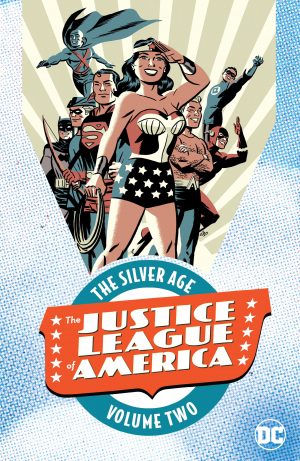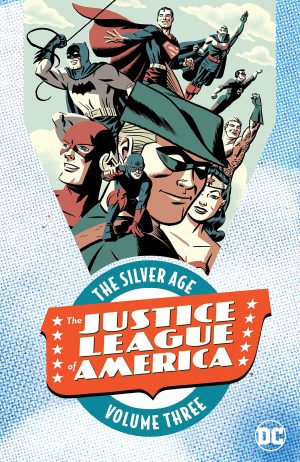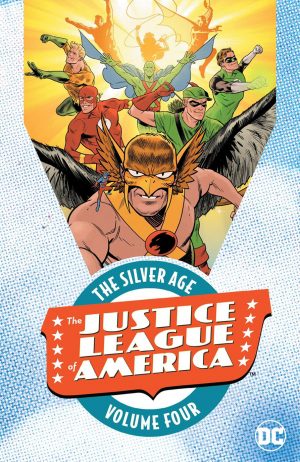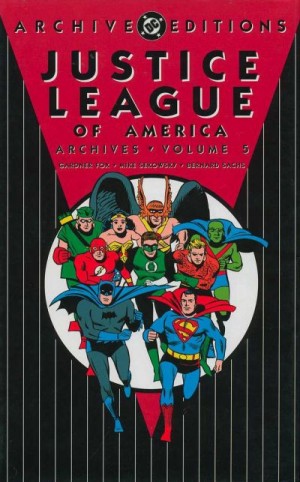Review by Karl Verhoven
DC previously released expensive hardcover Archives of their earliest Justice League material, with the alternative being the pulp paper black and white Showcase editions. These Silver Age collections are a halfway house presenting the material in colour on reasonable paper, and providing more issues per package than the Archive editions. This offers the first eleven Justice League stories and a teaming with Adam Strange. If you weren’t there at the time, however, it’s very difficult to imagine what a treat teamings of DC’s major heroes must have been. Gardner Fox applies a strict formula, with a threat identified in the opening chapter, always conveniently manifesting in three separate events. The heroes then split into pairs to see to those events, reuniting in the final, usually shortest chapter, to finish off the villain. The repetitious formula wouldn’t have been as apparent to children buying the individual comics every two months in 1960-1961, but unless you choose to repeat the original reading experience by waiting two months before dipping back in, it’s irritatingly obvious.
Fox’s plots are almost exclusively science-fiction based, and elements of them remain intriguing. He’s very good at setting puzzles to challenge readers, the solution revealed at the end. “I… I can’t understand it”, blubbers the Weapons Master, “Wonder Woman’s memoirs said I had defeated the Justice League. What went wrong?” We then see Wonder Woman writing the diary entry that set Xotar on his path when he found the obscured version ten thousand years in the future. Another positive is the sheer number of legacy villains Fox introduces. Starro, Amazo, Despero and several others whose names don’t end in ‘o’. However that’s balanced against the heroes lacking any personality. All dialogue services the plot, and unless they’re refer to a specific hero’s power or location you couldn’t differentiate Green Lantern from Wonder Woman, or Aquaman from Adam Strange. The one exception is the astonishingly irritating Snapper Carr, the teenager intended to be reader identification. All these years later we can’t be sure whether or not his dialogue was a fifty year old man’s idea of how teenagers spoke in 1960 or the real thing, but the suspicion is the former.
Mike Sekowsky’s art is an equally acquired taste, although has much to recommend it. Everything reprinted here is from the days when he had some enthusiasm for the premise, so there’s a work ethic on display, with an impressive ability to cram full figures of all JLA members into a long panel occupying a quarter of the page. The way he draws them, though, is best described as quirky, at odd angles and sometimes with a loose concept of anatomy. In other places there’s a surprising delicacy, and he has a great way with mad-eyed, gurning villains. The elegance of Carmine Infantino on the Adam Strange team-up provides a complete contrast.
It was these Justice League of America stories that convinced Stan Lee he could create a team comic, but write it his way, and so the Marvel line was created. In hindsight it may seem that it wouldn’t take a visionary to make that leap, but that no-one else thought to add levels of realism and personality before Lee indicates that’s a glib assumption. These stories are very much of their era, and it’s difficult to see them having any appeal to anyone under fifty. Volume Two followed, though.
